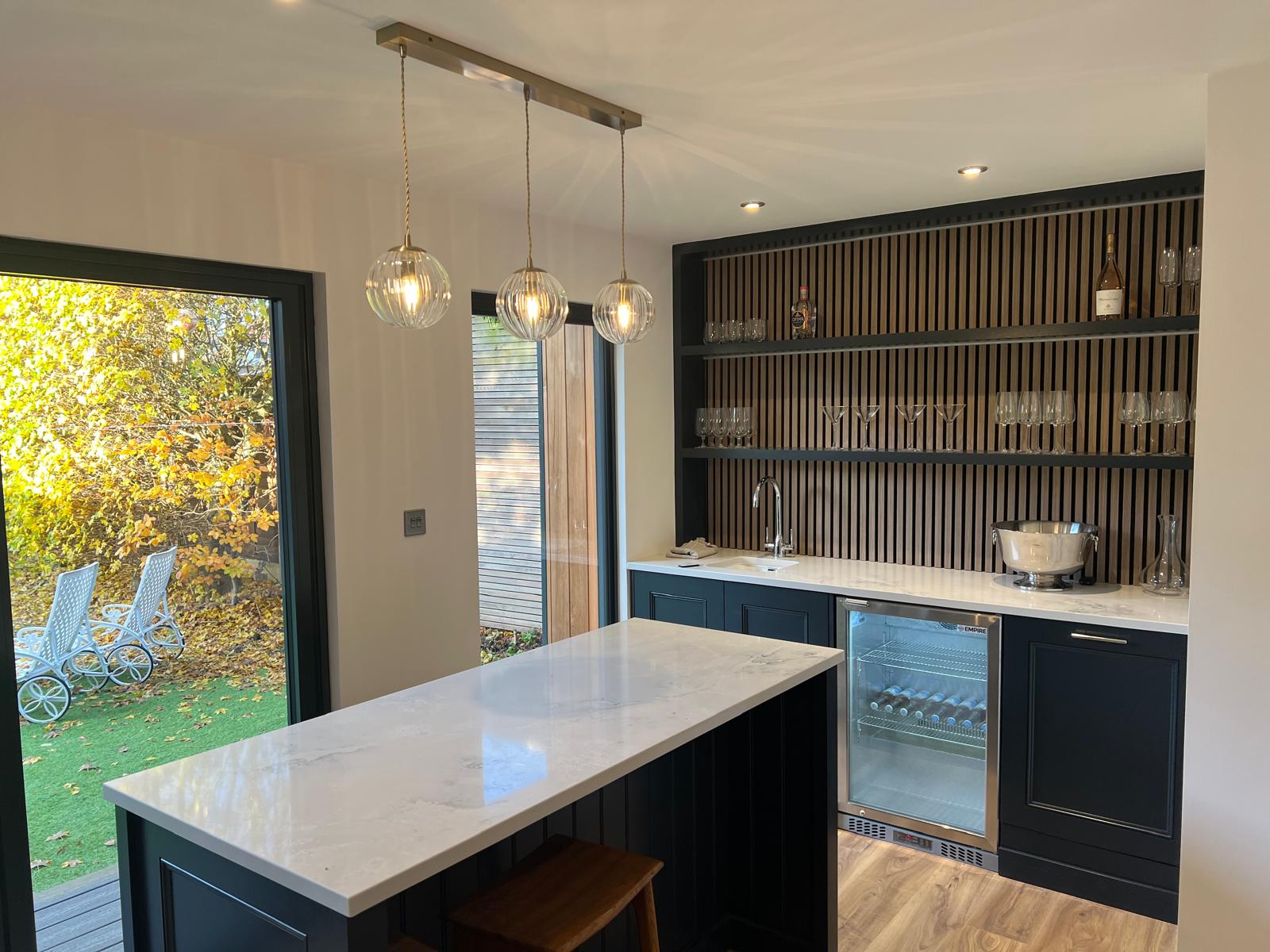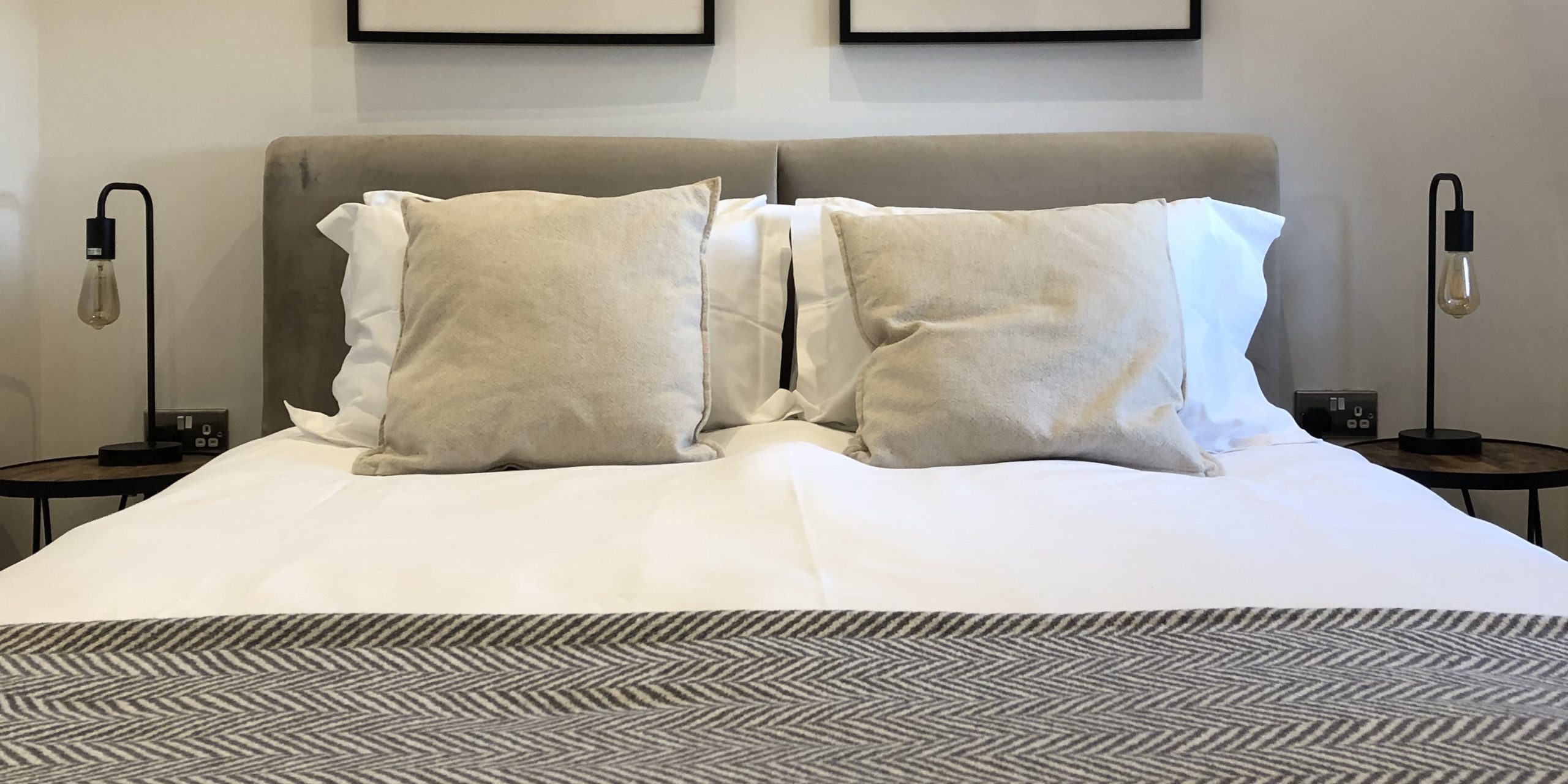Many homeowners are looking for ways to create extra space without the hassle of moving house. A garden room offers a flexible solution, and many wonder if it can be used as a bedroom. It is indeed possible to use a garden room as a bedroom, provided the necessary building regulations are followed.
As families grow, the need for additional sleeping space often arises. A garden room can serve this purpose effectively, offering a private area for guests or children. It is important to consider the design and insulation of the space to ensure it is comfortable and meets safety requirements.
Before transforming a garden room into a bedroom, one must check local building regulations. This step is crucial to ensure that the space is legal and safe for sleeping. With proper planning and execution, a garden room can become a cozy bedroom that enhances any property.
Legal and Practical Considerations for Using a Garden Room as a Bedroom
 While a garden room can offer a unique sleeping space, there are specific legal and practical factors that owners must consider before making the conversion. These include permissions, safety standards, and how the space can be used.
While a garden room can offer a unique sleeping space, there are specific legal and practical factors that owners must consider before making the conversion. These include permissions, safety standards, and how the space can be used.
Planning Permission and Building Regulations
To use a garden room as a bedroom, it may be necessary to obtain planning permission. In many cases, building regulations might apply, particularly if the room will be occupied for extended periods.
If a garden room is built as part of permitted development, it may not need planning permission. However, if it is intended for use as a sleeping area, it must comply with building regulations.
Key aspects to remember:
- Building Control Officer: This officer may need to inspect the garden room to ensure it meets safety and structural standards.
- Fire Safety: Adequate fire safety measures must be in place. This includes proper exits and smoke detectors.
- Heating and Insulation: The space should have sufficient heating and insulation to ensure comfort, especially in colder months.
Safety and Comfort Features
Safety and comfort are crucial when converting a garden room to a bedroom. A safe environment includes proper escape routes and functional windows.
Consider the following comfort features:
- Insulation: Good insulation helps maintain a stable temperature, keeping the room warm in winter and cool in summer.
- Ventilation: Proper air circulation is key for comfort and to avoid dampness.
- Electrics: Wiring for lighting and sockets should be installed safely, following regulations.
Appropriate soft furnishings, warm lighting, and personal touches can enhance comfort, making the space feel homely.
Versatility of Use and Ancillary Accommodation
A garden room can serve multiple purposes beyond just a bedroom. It can be used as a home office, gym, or guest room.
This versatility is significant, as it can serve as ancillary accommodation—a space that is supplementary to the main home. Owners should consider:
- Incidental Use: Using the garden room occasionally, such as for guests, might require fewer regulations.
- Functional Design: Designing the room to be multifunctional can maximise space and utility.
By ensuring that the garden room is suitable for varied uses, owners can optimise their investment and enhance its value.


